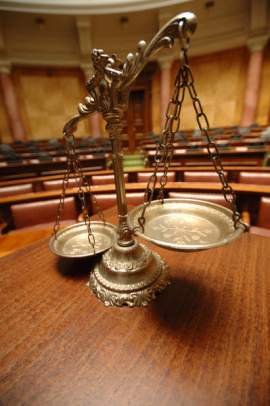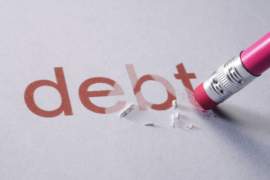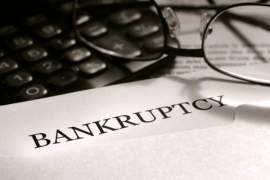
Quick and Easy Guide to Understanding Credit

Related Forms
Schedule B - Personal Property
Schedule C - Property Claimed as Exempt
Schedule D - Creditors Holding Secured Claims
Schedule E - Creditors Holding Unsecured Priority Claims
Schedule F - Creditors Holding Unsecured Nonpriority Claims
Schedule G - Executory Contracts and Unexpired Leases
Schedule I - Current Income of Individual Debtor(s)
Schedule J- Current Expenditures of Individual Debtor(s)
Summary of Schedules (Includes Statistical Summary of Certain Liabilities)
View AllCredit, in terms of financial transactions, is one party's extensions of money or other valuables at a point in time, to be repaid in a lump sum or in installments later in time, essentially forming a contract. The term can also refer to borrowers' performances on these measures. For example, a hallmark of good credit is making loan payments in a timely manner. When credit repair and bad credit come into play, by this token, is when the assumption of a borrower's risk of inability to repay what they owe plus interest exceed what the debtor is able to pay.
Depending on the circumstances required to secure a loan, multiple people within the same party in debt actually may want to pursue credit repair initiatives for their culpability after a not-so-fruitful repayment plan. For instance, both children and parents may have cause to try to repair debt they have after a possession which was cosigned.
The most obvious symbol of one's credit-related affairs is one's credit score, which places his/her propensity toward risk along a continuum of which higher numbers are better. Imaginably, this credit score is by no means fixed, and like other manifestations of credit, is highly dependent on debtor participation.
NEXT: Short Guide to Opening a Bank Account





















